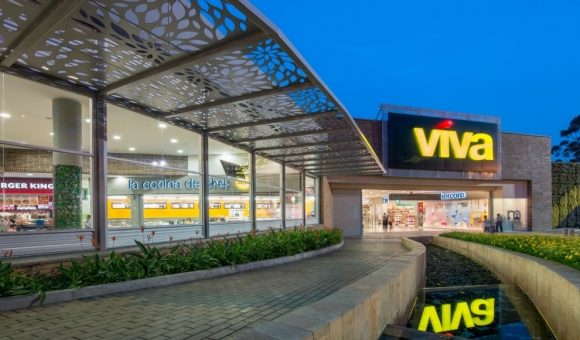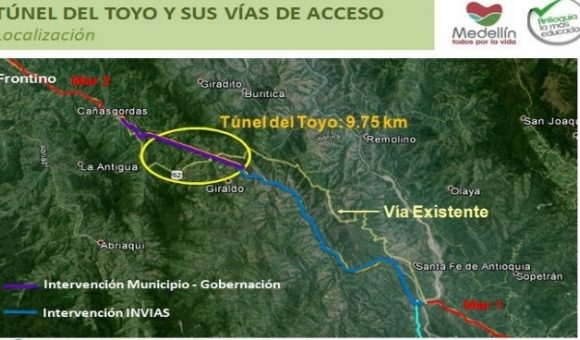Metro de Medellin Ridership Soars Above 1 Million Daily; Helps Cut Air Pollution

Medellin’s world-famous “Metro” public transit system including electric rail, aerial tram, road tram, bus rapid transit (BRT) and free bicycles at Metro stations is breaking all-time records for public use – and now aims to help cut a worrisome growth in vehicle air pollution.
According to Metro’s latest sustainability report (released March 31), average ridership hit 1 million daily passengers in 2016, with the total system – overwhelmingly powered by zero-emissions electricity — having transported more than 269 million passengers last year.
The system has become so popular that its capacity is strained, which explains why Metro is adding 22 more trains to its electric rail system. Starting this month, Metro gradually will put into service the first five of those 22 new trains, easing congestion, according to the report.
Also during 2016, Metro launched its first new roadway tram on the “Ayacucho” line, which eventually will be expanded to include a new tramway on Avenida 80. Metro also launched new aerial tram service on “Line H” in addition to its three existing aerial tram systems.
Air pollution — mainly from Medellin’s noxious fleet of obsolete gasoline and diesel-powered private vehicles — has triggered two “red alert” weeks in the past two years, the latest in late March 2017.
In contrast, the Metro system includes zero-emissions rail, tram and bicycles, and ultra-low-emissions natural-gas-fueled BRT buses and low-emissions diesel feeder buses, all of which help reduce air pollution.
The growing Metro system avoided the emission of 4,167 tonnes of fine particulates (PM2.5) as well as reducing diesel fuel consumption by 42 million gallons last year, according to the agency.
Meanwhile, the unified “Civica” card-access system for all Metro transit expanded to 698 points-of-sale, helping more passengers smooth the process of transfer from one transit mode to another, according to Metro.
















